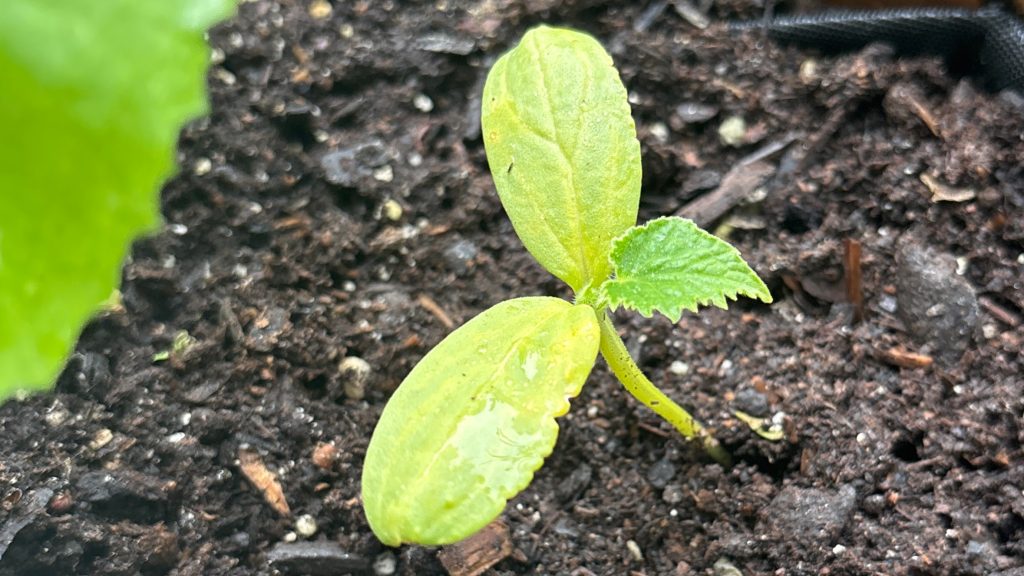After ten years at the National Democratic Institute — in roles ranging from digital communications to project management — I was laid off. Like many others in the international development space, I was swept up in the collapse that followed the Trump administration’s elimination of U.S. foreign assistance — a move that also gutted the very institutions meant to support democratic resilience abroad.
For me, this marked the end of a decade at the National Democratic Institute. Over ten years, I served in a range of roles — from digital communications to project management — and spent the last several years as part of NDI’s DemTech team. While I wasn’t formally a team lead, I often played a leadership role in practice, especially when it came to managing complex tech implementations and coordinating with external vendors. I helped define requirements, translate between program needs and technical delivery, and make sure tools actually worked for the people using them.
That kind of continuity is rare in this field — and it has made reentering the job market unexpectedly disorienting. It meant that when the layoff came, I had been thrust into a job market I hadn’t needed to navigate in a long time. My muscle memory was gone. The terrain had changed. And so had the sector. I found myself questioning how my experience would translate to other contexts — whether a decade of work in international democracy programs, with their specific jargon and frameworks, would resonate with new employers or sectors outside that bubble. Is what I’d built still relevant — and valuable — to others?
While the sector begins to innovate and rebuild, another tsunami is underway.
The AI wave is still swelling — reshaping workflows, disrupting institutions, and raising profound questions across education, journalism, policy, and governance. Tools like ChatGPT and open-source LLMs aren’t just new technologies; they’re catalysts for rethinking how knowledge, communication, and power are structured. This future is unfolding faster than most civic institutions can respond. And the pace of deployment continues to outstrip our collective ability to govern or understand it. As someone who’s worked at the intersection of tech and democracy, I see how the rush toward AGI and rapid productization is leading many companies to underappreciate the human impacts of these tools. The people most affected — especially those already underserved — are often left out of the design process entirely. We need to re-center human consequences in this work, not treat them as edge cases or cleanup tasks.
At least in the short term, the U.S.-funded international development sector won’t bounce back. (I’ve even suggested to the director of my graduate program — Columbia SIPA’s MPA in Development Practice — that it could help reimagine what this future might look like.) So I decided to start building something different — a new way of working that still aligns with my long-term goals.
I began working as a freelance consultant. Not just as a placeholder, but as a way to work more intentionally, partnering with organizations I respect to build tools and strategies that fit this moment. Much of that work has been with domestic clients — a shift I didn’t plan, but one that’s opened new ways to apply my skills in deeply local, relevant ways. The challenges are different, but the core questions remain: who is this for, and who’s being left out?
And while “consultant” is a new title for me, the work itself isn’t unfamiliar. In fact, it feels like a natural extension of what I was already doing — just with new labels and new audiences.
In fact, much of what I’m doing now builds directly on my experience in NDI’s DemTech team, where I was often brought in midstream to help shape, fix, or redesign technology projects in motion. The teams I supported spanned regions, mandates, and technical comfort levels. I learned to enter fast, listen carefully, clarify goals, and help make messy projects functional and sustainable. That experience made me unusually comfortable with the core conditions of consulting: ambiguity, velocity, and cross-functional collaboration.
And before that, in grad school, I had dipped into consulting too — primarily building websites. It was project-based, creative, and real-world — and I loved it.
This isn’t just about helping teams with tech. It’s about helping organizations stay grounded in their values while adapting to real-world constraints — shrinking budgets, shifting priorities, and powerful new tools that are easy to misuse or misunderstand.
At the same time, I won’t pretend consulting is a guaranteed path. It’s fulfilling, but it’s also uncertain. I’m constantly juggling multiple projects, working pro bono, staying open to new collaborations, and — like many others in this space — always thinking about what’s next. For now, it’s a path I’m walking with intention — even if I don’t have all the answers yet. I’m still figuring out what this looks like long-term, and how best to align the work I care about with the evolving needs of the field. At some point, that may require a harder pivot — one that stretches beyond adjacent spaces and demands a deeper reinvention. If and when that time comes, I hope to meet it with the same clarity of purpose. In the meantime, I continue to explore full-time opportunities that align with this mission and allow me to do this work in a more sustained, strategic way.





